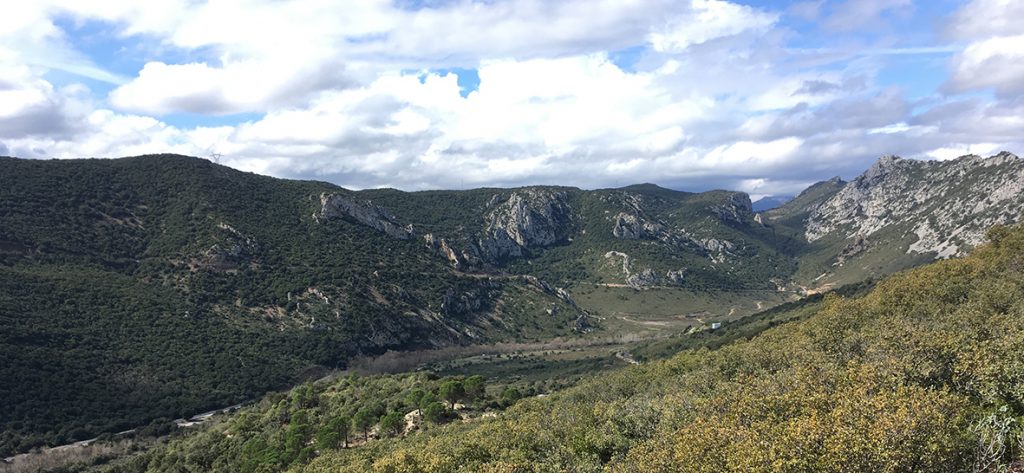Our skills in tectonics and paleoenvironmental reconstructions allow us to focus on the mechanisms of thinning of the lower crust during rifting and its expression at the surface, in contemporary sedimentary basins. This LOA think-tank will initially focus on the Agly massif and its peripheral basins in the northern Pyrenees. We have already shown the existence of a detachment (i.e. a composite structure with normal kinematics that crosses the whole crust) of Cretaceous age whose functioning impacts the sedimentation of the basins (see prospective figure Tectonics). Our objective is to produce a three-dimensional evolutionary model of Pyrenean rifting that integrates the impact of extension into the Agly “basement” massif on sedimentary facies in contemporary basins and their thermal evolution.

The kinematics and rheological behaviors of the deformation domains (distributed/localized) will be determined by petrostructural and thermochronological analysis; the formation and progressive compartmentalization of the basins by the evolution in space and time of the Aptian-Albian paleoenvironments in relation to eustatism, tectonics or climate. The originality of this project is the use of a marker common to the basement and sedimentary basins, the breccias, allowing to synchronize the two systems. Indeed, these breccias are located both at the level of major detachment in the basement and, on basin boundary faults, in the vicinity of Albian hydrothermal zones (e.g. Boulvais, 2016). Calcite associated with fluid flows in veins and breccia matrix will be dated by U-Pb, thus constituting an essential constraint on the relationship between hydrothermalism, metamorphism and deformation.
